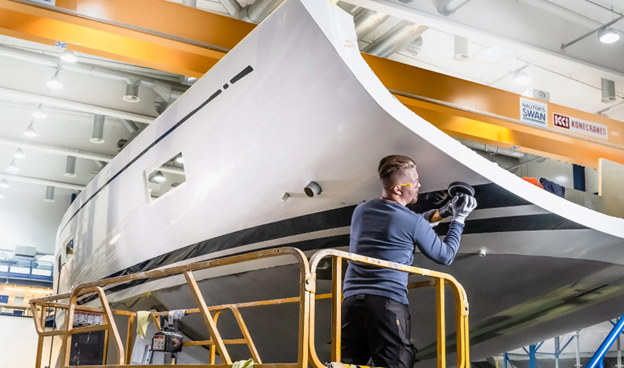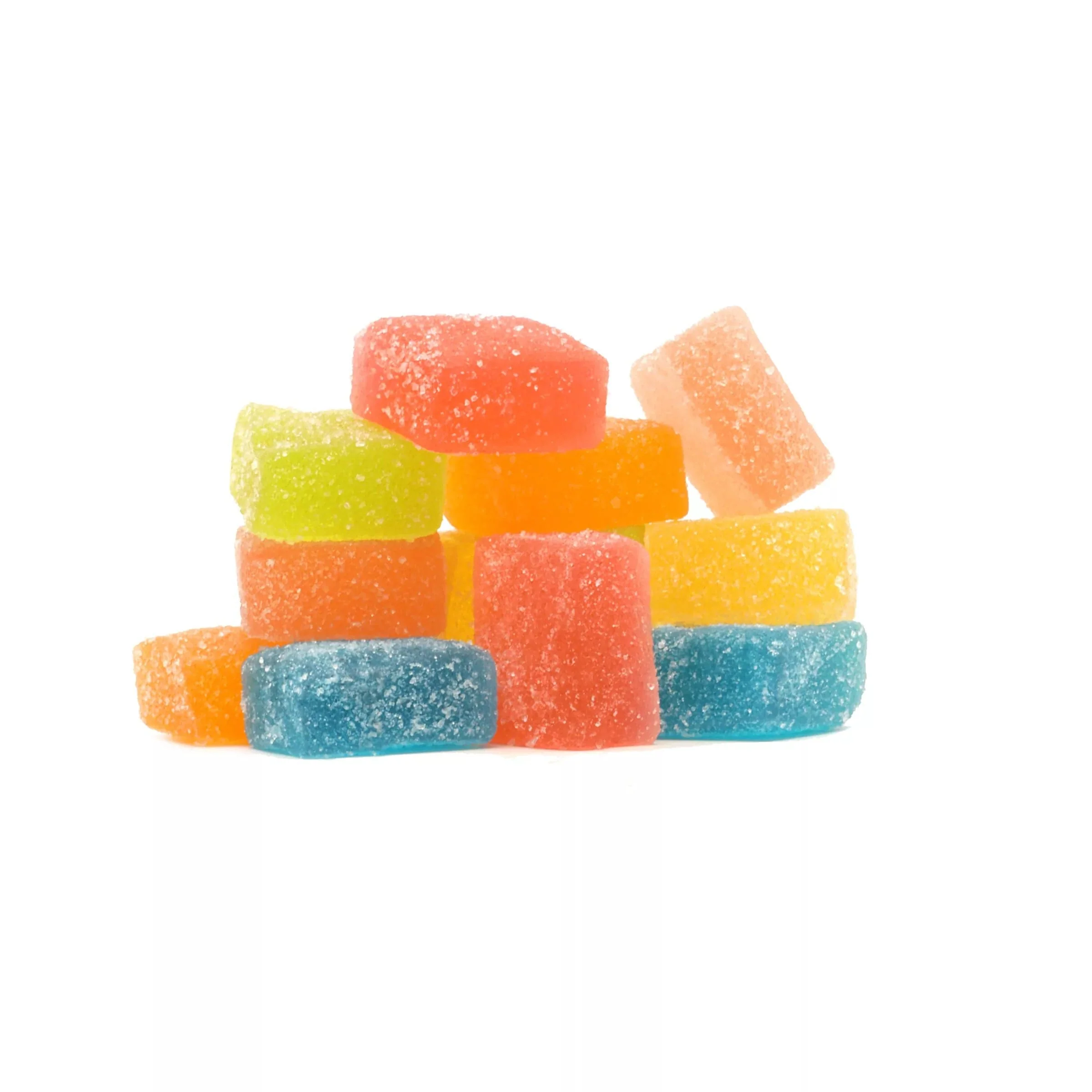Introduction
Marine topcoat paint is not just about aesthetics; it’s about protecting your vessel from the harsh elements of the sea while maintaining its visual appeal. Whether you’re a seasoned sailor or a newcomer to the maritime world, mastering the art of topcoat paint application can significantly enhance the longevity and appearance of your boat. In this guide, we’ll delve into the essential steps and techniques to achieve professional results with marine paint.
Understanding Marine Topcoat Paint
Before diving into the application process, it’s crucial to understand what topcoat paint is and its significance. Unlike ordinary paints, marine paint is specifically formulated to withstand the rigours of saltwater, UV exposure, and fluctuating temperatures. Its durable composition provides excellent adhesion, weather resistance, and long-lasting colour retention, making it the preferred choice for boat owners worldwide.
Preparing for Success
Proper preparation is the cornerstone of a successful topcoat paint application. Begin by thoroughly cleaning the surface to remove dirt, grease, and any existing coatings. Sand the area to create a smooth, uniform surface for optimal paint adhesion. Additionally, ensure proper ventilation and temperature control to create ideal painting conditions.
Choosing the Right Tools and Materials
Selecting the right tools and materials is essential for achieving professional results. Invest in high-quality brushes, rollers, and masking tape to ensure precise application and clean lines. When choosing marine paint, opt for reputable brands known for their durability and colour accuracy. Consider factors such as finish, colour options, and compatibility with your boat’s substrate.
Applying the Marine Topcoat Paint
Once the surface is properly prepared and you have the necessary tools and materials, it’s time to apply the topcoat paint. Begin by applying a primer coat to enhance adhesion and promote a smooth finish. Allow the primer to dry completely before applying the topcoat paint.
When applying the topcoat paint, work in small sections, using long, even strokes to achieve uniform coverage. Avoid overloading the brush or roller to prevent drips and streaks. Apply multiple thin coats rather than a single thick coat for better durability and finish. Take care to follow the manufacturer’s instructions regarding drying times and recoating intervals.
Achieving a Flawless Finish
Achieving a flawless finish requires attention to detail and patience. After applying the final coat of topcoat paint, inspect the surface for any imperfections or areas that may require touch-ups. Use a fine-grit sandpaper to smooth out any rough spots or drips, then carefully apply additional paint as needed.
Caring for Your Painted Surface
Proper maintenance is essential for preserving the beauty and integrity of your painted surface. Regularly wash your boat with mild soap and water to remove salt, grime, and other contaminants. Avoid abrasive cleaners or harsh chemicals that may damage the paint finish. Additionally, consider applying a UV-resistant wax or polish to protect the paint from fading and oxidation.
Maintaining Longevity
Ensuring the longevity of your marine topcoat paint requires ongoing care and maintenance. Regular inspections allow you to identify any signs of wear, such as peeling or fading, before they escalate into more significant issues. Addressing minor touch-ups promptly can prevent water intrusion and extend the lifespan of your paint job. Consider implementing a routine maintenance schedule that includes periodic inspections, touch-ups, and reapplications of protective coatings as needed.
Protecting Against Environmental Factors
Marine environments present unique challenges to painted surfaces, including exposure to saltwater, sunlight, and extreme weather conditions. To protect against these environmental factors, consider investing in high-quality marine-grade paints and coatings specifically designed to withstand harsh conditions. Additionally, store your boat in a sheltered location when not in use to minimise exposure to the elements. Implementing proactive measures to protect your painted surface can significantly extend its lifespan and maintain its appearance.
Consulting with Professionals
While DIY paint projects can be rewarding, complex or large-scale painting jobs may benefit from professional expertise. Consulting with marine painting professionals can provide valuable insights and ensure that the job is done correctly the first time. Professionals have access to specialised equipment, techniques, and materials that may not be readily available to the average boat owner. By entrusting your paint project to skilled professionals, you can achieve superior results and enjoy peace of mind knowing that your vessel is in capable hands.
Conclusion
Mastering the art of marine topcoat paint application is a valuable skill for any boat owner. By understanding the importance of proper preparation, selecting the right tools and materials, and following the correct application techniques, you can achieve professional results that will enhance the beauty and durability of your vessel for years to come. So, roll up your sleeves, unleash your inner artist, and let your boat shine on with a flawless coat of marine paint.






